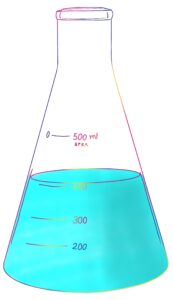Research Approach:
Supramolecular Chemistry for Life-like Materials
Our research programmes are designed and orientated to exploit the full intrinsic potential of synthetic organic chemistry to build new supramolecular structures, functions and hierarchical systems. As inspired by nature’s structural beauty and sophisticated functional processes, our major goal is to design novel supramolecular functional systems, across length-scale, into stimuli-responsive functional soft materials with focus on following three major areas:
(I) Supramolecular Robotic Systems
The research program aims to develop highly dynamic, reversible, and biocompatible supramolecular soft actuators, which is complementary to existing polymeric soft actuators. Currently, macroscopic materials shape transformations, materials cargo transport, and dual-controlled supramolecular soft actuators have been developed. What are the existing challenges? How to recognize the potential applications? How to make the systems biocompatible?
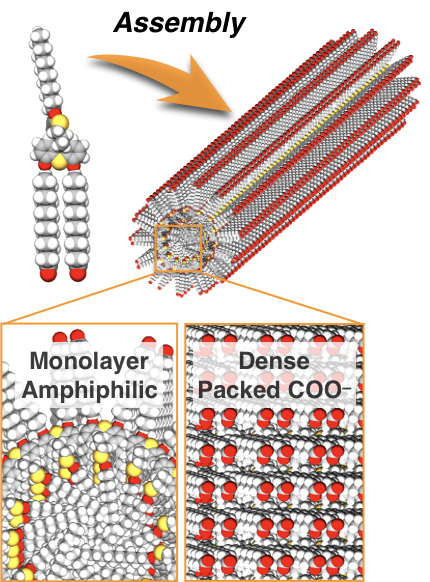
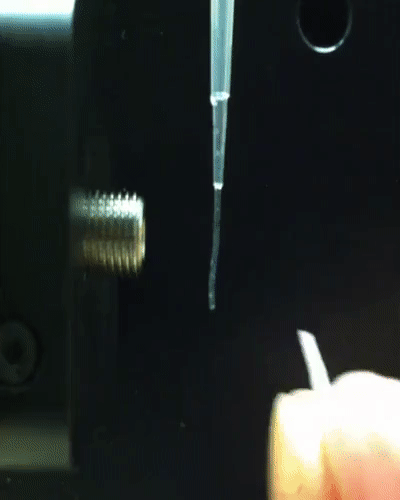
Selected Publications:
A. K.-H. Chau et al. Adv. Colloid Interface Sci. 2023, 315, 102892; DOI
S. Chen et al. J. Am. Chem. Soc. 2022, 144, 3543; DOI
F. K.-C. Leung et al. Nat. Chem. 2018, 10, 132; DOI
Highlights:
Hong Kong Local Education News (Sing Tao Daily)
(II) Controlled Supramolecular Transformations of Photoresponsive Molecular Amphiphiles
The research program is designed to control reversibly supramolecular assembly transformations of photoresponsive amphiphiles in aqueous media, in constructing new supramolecular soft materials in solutions and at interfaces. The photoresponsive amphiphile designs are included molecular motors, stiff stilbenes, DASAs, indigos, etc.

Selected Publications:
M.-H. Chau et al. Colloids Suf. A 2023, 661,130939; DOI
F. K.-C. Leung Aqueous Supramolecular Assemblies of Photocontrolled Molecular Amphiphiles, 2022, Ch9; DOI
S. Chen et al. J. Am. Chem. Soc. 2020, 142, 10163; DOI
(III) Stimuli-Controlled Supramolecular Soft Scaffolds
The research program is designed to construct supramolecular soft functional scaffolds from photoresponsive amphiphiles. Supramolecular transformations will be stimulated by multiple external energy. Through hierarchical supramolecular assembly, supramolecular soft scaffolds are able to transform at macroscopic length-scale, enabling advanced functions and serving as cell-material interfaces.
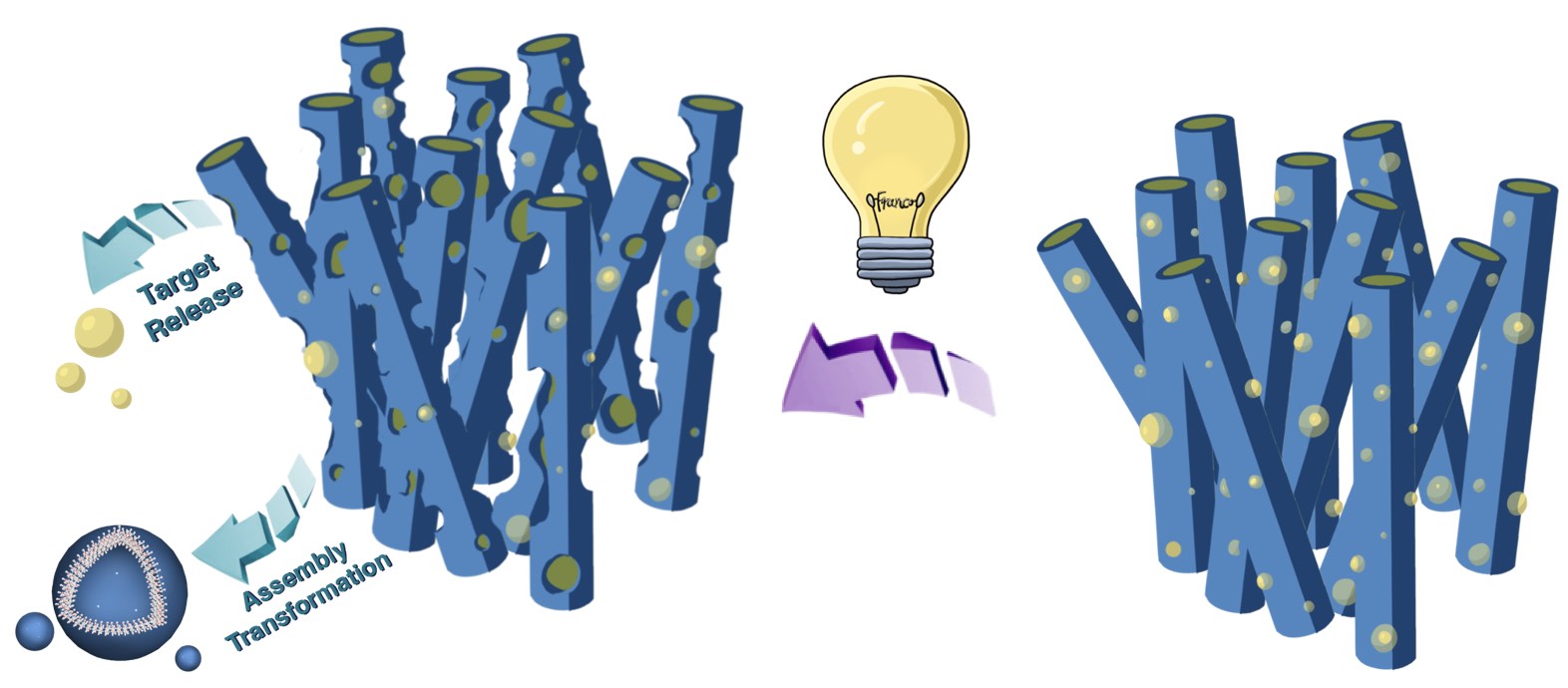
Selected Publications:
J. C.-K. Yau et al. J. Colloid Interface Sci. 2024, 662, 391; DOI
L.-H. Cheung et al. ACS Appl. Mater. Interfaces 2024, 16, 4056; DOI
L.-H. Cheung et al. J. Colloid Interface Sci. 2022, 628, 984; DOI
(IV) Supramolecular Assemblies of Gold (III) Amphiphiles
The research program is designed to build stimuli responsive supramolecular assemblies of gold (III) amphiphiles. Counterion exchanges have been demonstrated as a promising stimulation for triggering supramolecular transformations. With enhancement of luminescent properties and cytocompatibility of gold (III) amphiphiles, the resulting supramolecular assemblies enable advanced functional properties and serve as cell-material interfaces.
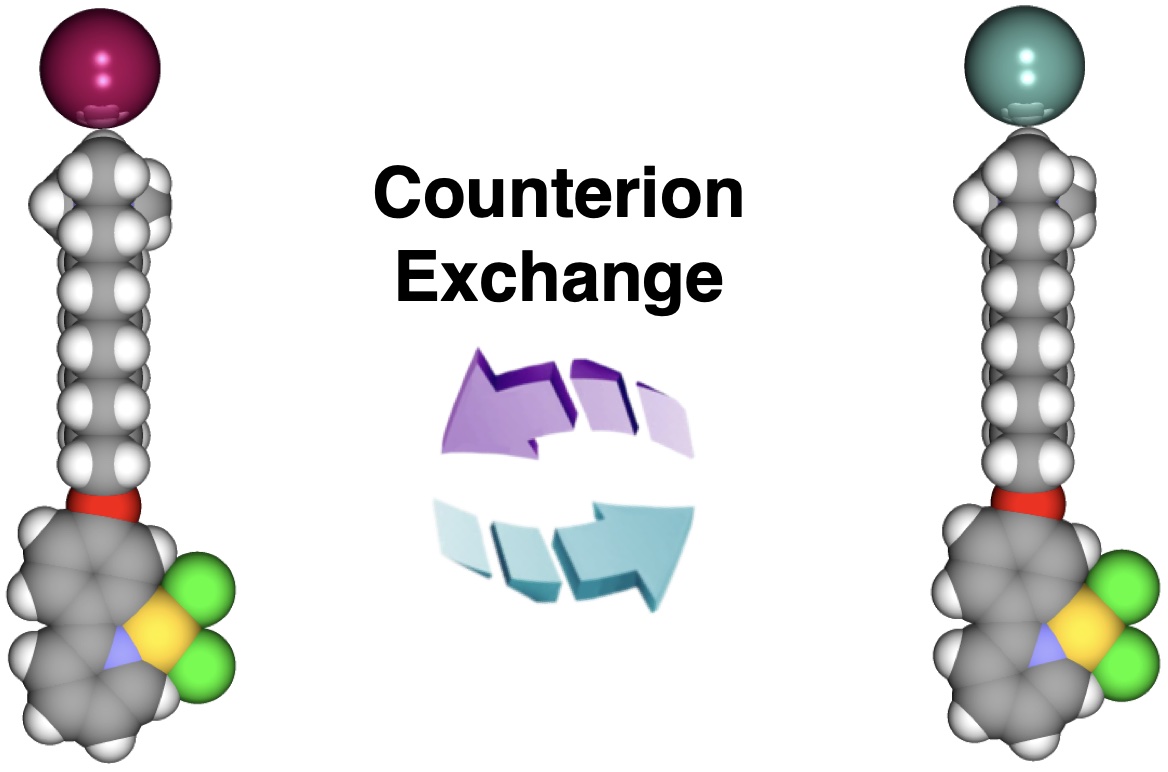
Related Publications:
A. K.-H. Chan et al. ChemPlusChem 2023, e202300316; DOI
M.-H. Chau et al. J. Organomet. Chem. 2023, 999, 122827; DOI
J.-J. Jiang et al. Eur. J. Inorg. Chem. 2022, 24, e202200281; DOI
